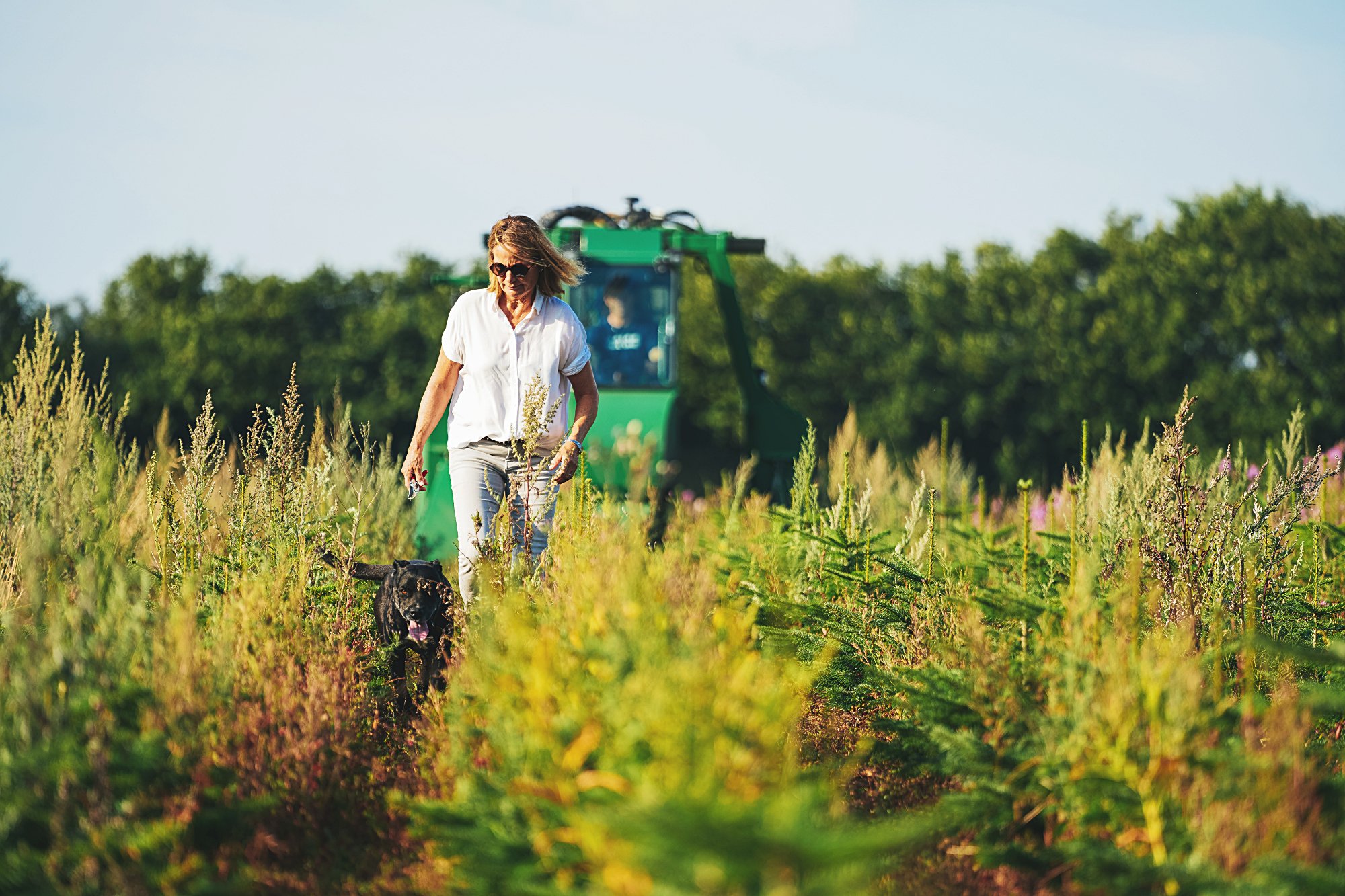Family tree
Family tree
Tell us about your farm’s history?
My grandfather bought the property in around 1900 from a reputable farmer whose son had married a fisherman’s daughter. At the time this was not really allowed, which is why he needed to sell the farm, as his son couldn’t inherit it. My grandfather used it as a fruit plantation – mainly for apples and he had a woodland. He also planted a few Nobilis firs and Nordmann firs, or Christmas trees, as they're better known. During the Second World War, my aunt used some of the land to grow tobacco and all sorts of vegetables, which she sold in the town Svedberg, not far away. She sadly passed away in 1950. After the war, my mother married an Englishman and moved to the UK. I was born there, but we moved back to Denmark when I was five years old. By this stage my grandfather had moved away from Bjergeskovgård and was living on Broholm – our family estate. My father took over the farm and I grew up there, with my sister. It was a wonderful childhood – I was surrounded by nature and I loved riding my horses.
Did you help out on the farm as a child?
Yes, I was always outside, working in the fruit plantations as well as with the Nobilis firs and Christmas trees – especially during the holidays. It was a good way to earn some pocket money and to keep myself busy. I also learnt a lot.
How did you end up taking over the farm?
In 1975 my grandfather passed away and the family had to decide what to do with Bjergeskovgård. My parents knew I’d like it, so when I returned from studying and travelling abroad, they asked me to take over in 1977. At first I continued cultivating apples and a few Christmas trees and Nobilis firs, but in 1998, I stopped the entire fruit production and planted thousands of Christmas trees. I also bought more land so I could expand. I now have more than 30 hectares of farmland and a woodland.
“My favourite place on the farm is on the highest hill. From there, I can see all my land, our beautiful buildings and the sea in the distance – which is just beautiful”
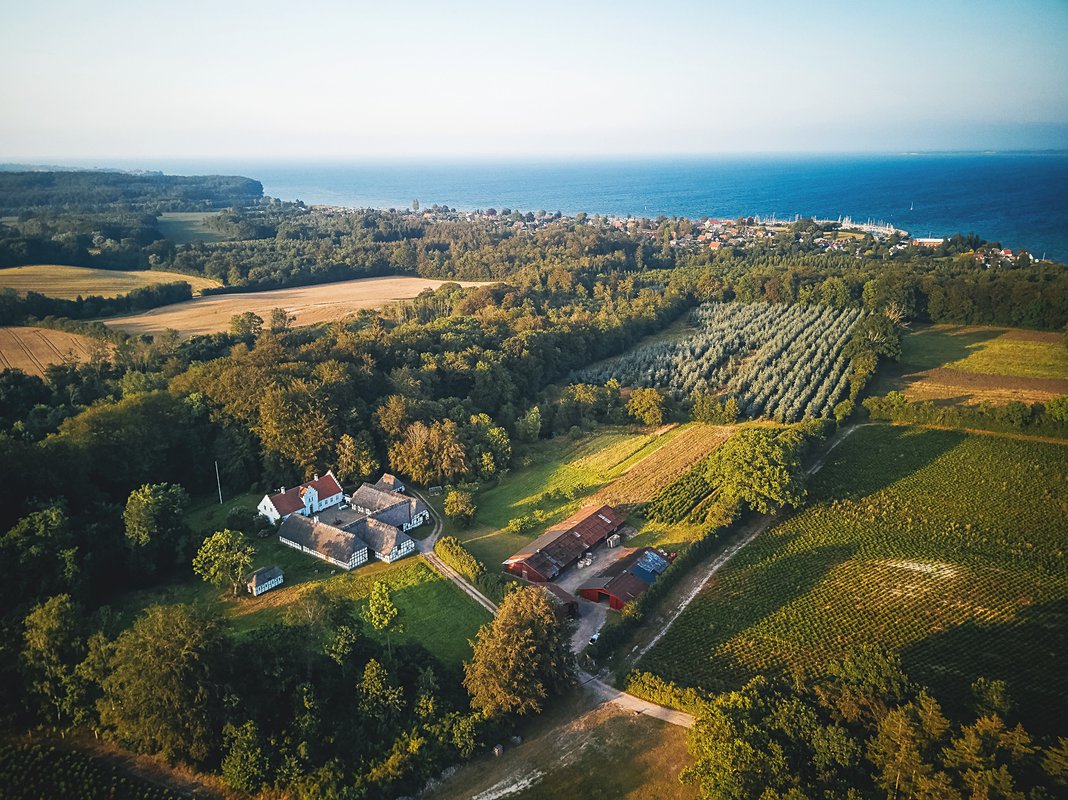
Freedom to grow
Freedom to grow
Why do you love what you do?
I like to be outdoors, surrounded by nature and being free. Freedom means a lot to me – I don’t even have fences on the property, that’s how much I like open spaces. I am always relaxed when I am on the farm, even if I am in a hurry. I just calm down and enjoy walking around and listening to the birds. My favourite place on the farm is on the highest hill. From there, I can see all my land, our beautiful buildings and the sea in the distance, which is just beautiful. It’s also great to be able to see the results of what I am doing.
What makes your land so good for cultivating Christmas trees?
The land in Bjergeskovgård is perfect because it’s situated near the sea – it’s only 500 metres from the beach. This means the soil is sandy, which allows the trees to grow slowly and because temperatures are warmer where we are, we’re almost free of any frost and the damage it could cause – touch wood.
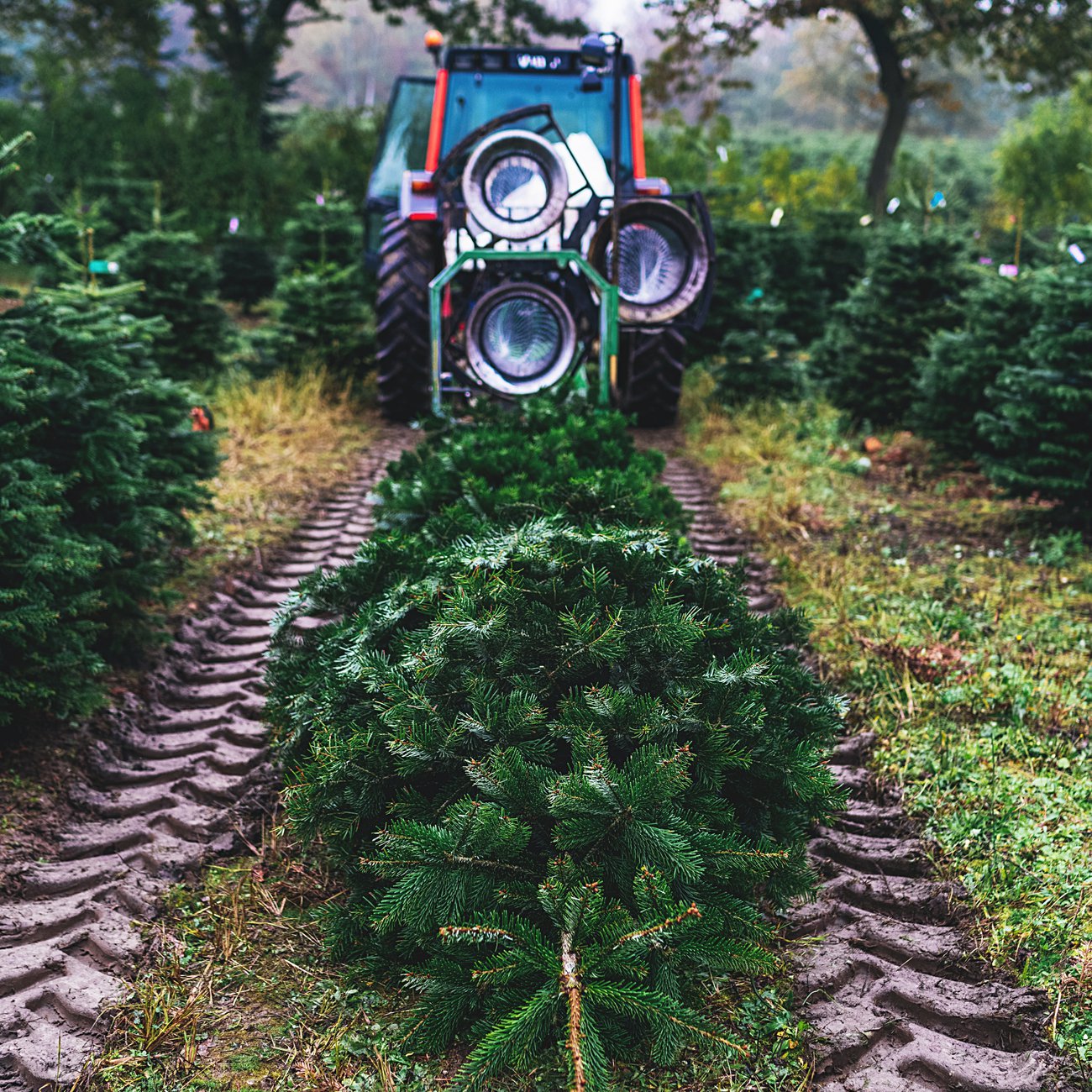
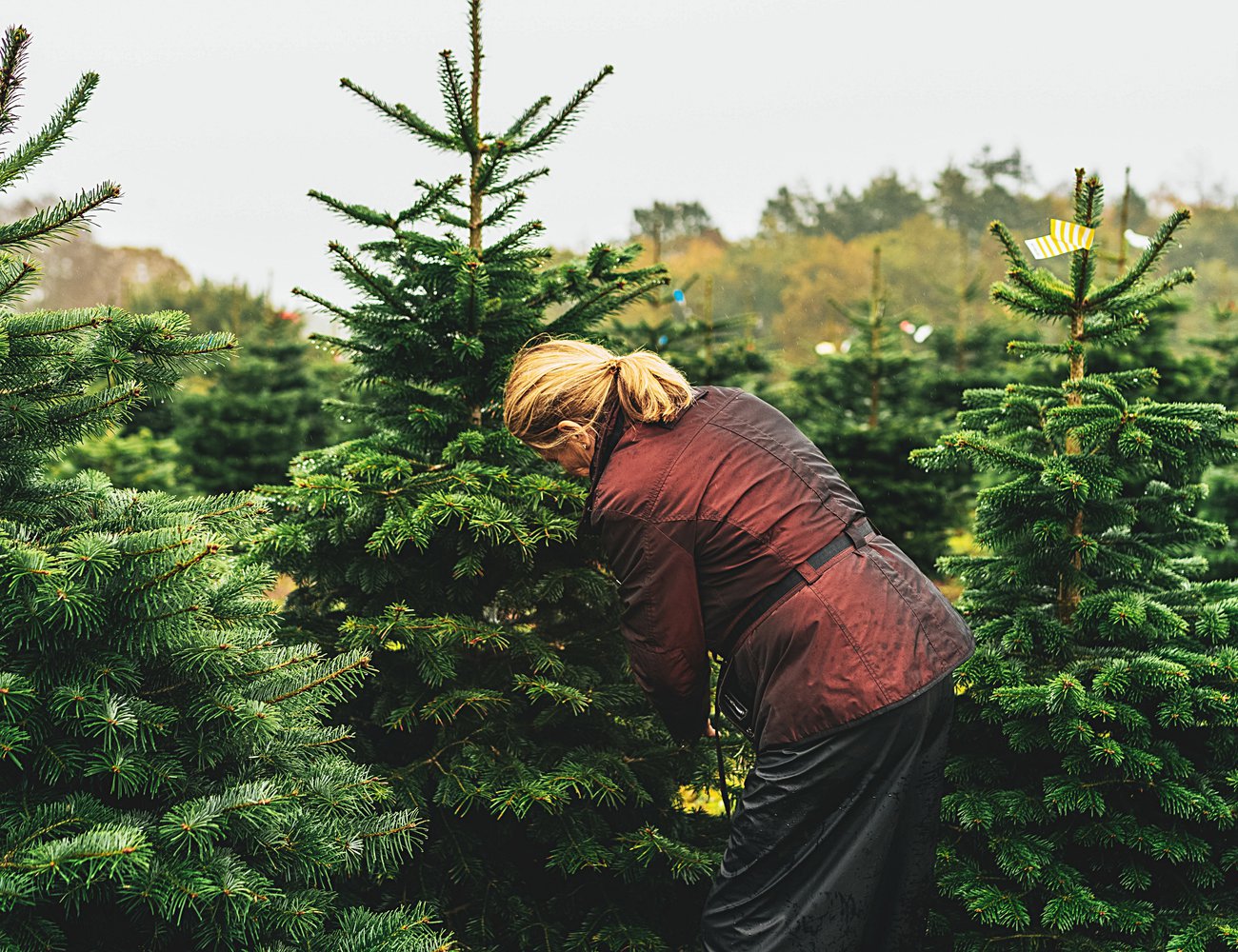
The root of the business
The root of the business
Where do you source your saplings?
Christmas tree seeds that are available in Denmark are mainly sourced from Georgia. These are first grown in greenhouses for three years and it’s only after this that I buy the saplings, which I then transplant.
How many trees do you plant each year?
I usually plant around 15,000 new trees each spring (in May), but over the last two years I’ve planted 30,000 annually. On average, it takes seven years for the trees to grow – bigger trees can take up to 10 years. Right now I must have about 250,000 trees from babies to 10-year-old trees. After 10 years I have to cut them down because they get too big.
What sustainable practices do you employ?
We follow strict EU guidelines for sustainable plant production; we avoid using chemicals and we use organic fertiliser.
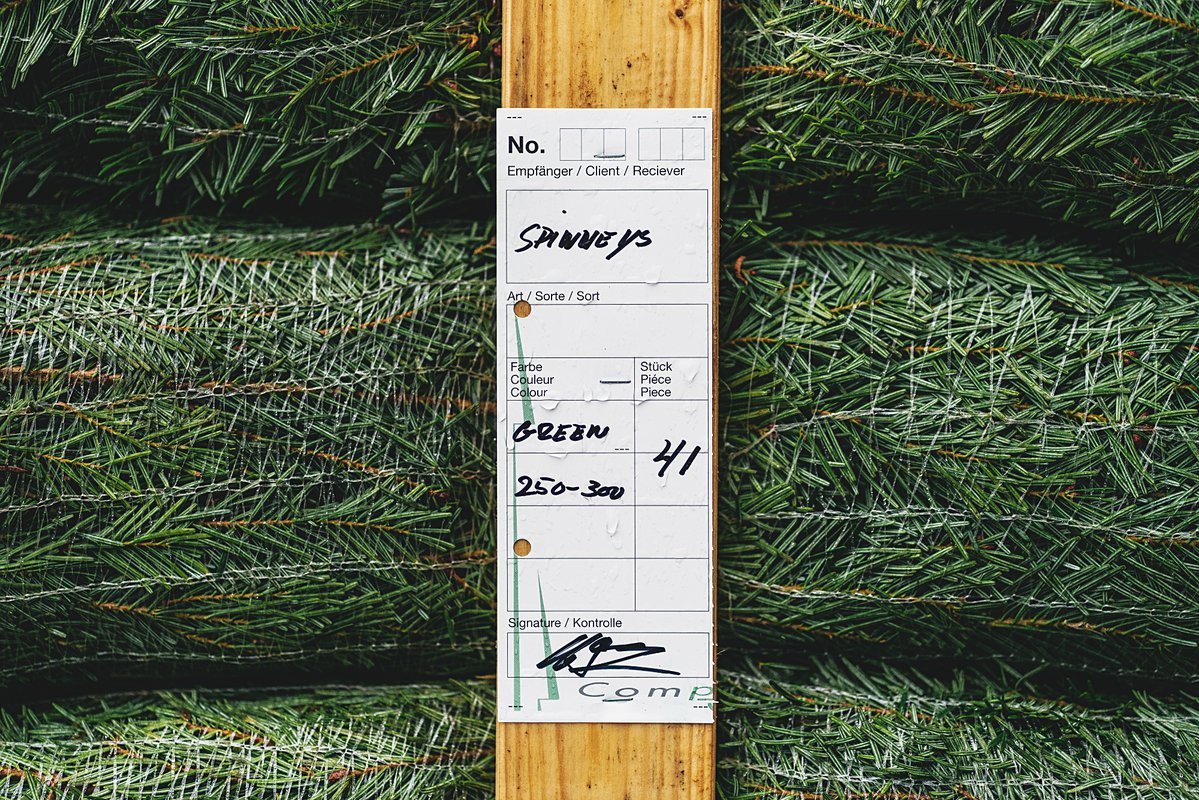
The perfect tree
The perfect tree
How involved are you in the entire process?
I used to go out and work in the fields all the time, but I am getting older – and it’s tough work, dealing with Christmas trees – so I definitely don’t do this alone. Emil and Edith are a wonderful Polish couple who have worked with me since 1998. They monitor the entire production process, which includes planting, maintenance, the constant shaping of the trees, cutting and packing. I personally mark each tree that is suitable for export, to ensure its size and quality.
What are you looking for in the perfect tree?
It really all depends on the impression you get of the tree when you’re looking at it. It has to be a good green colour, symmetrical and aesthetically pleasing with a nice top. Its branches must be strong, and not sag. This can be a big problem because of the birds, which try to nest inside the trees in spring! They cause the branches to break or hang out of shape. In terms of height, anything from 1.75-2.25m is a good size.
Besides the birds, what other challenges do you face?
Hares are a problem as they eat the saplings. And grass – Christmas trees really don’t like grass. We can’t let it grow too high around the base of the trees as it spoils the lower branches.
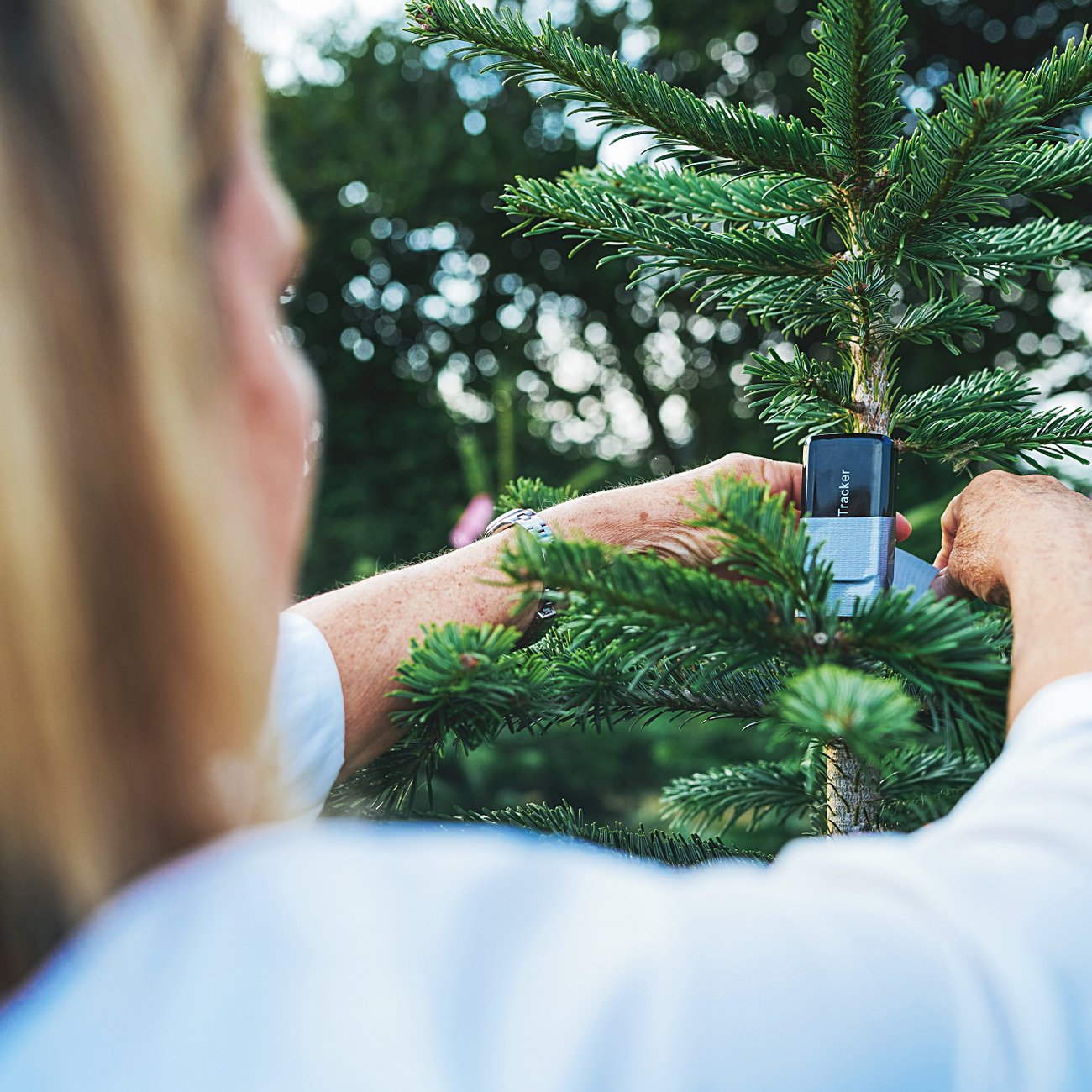
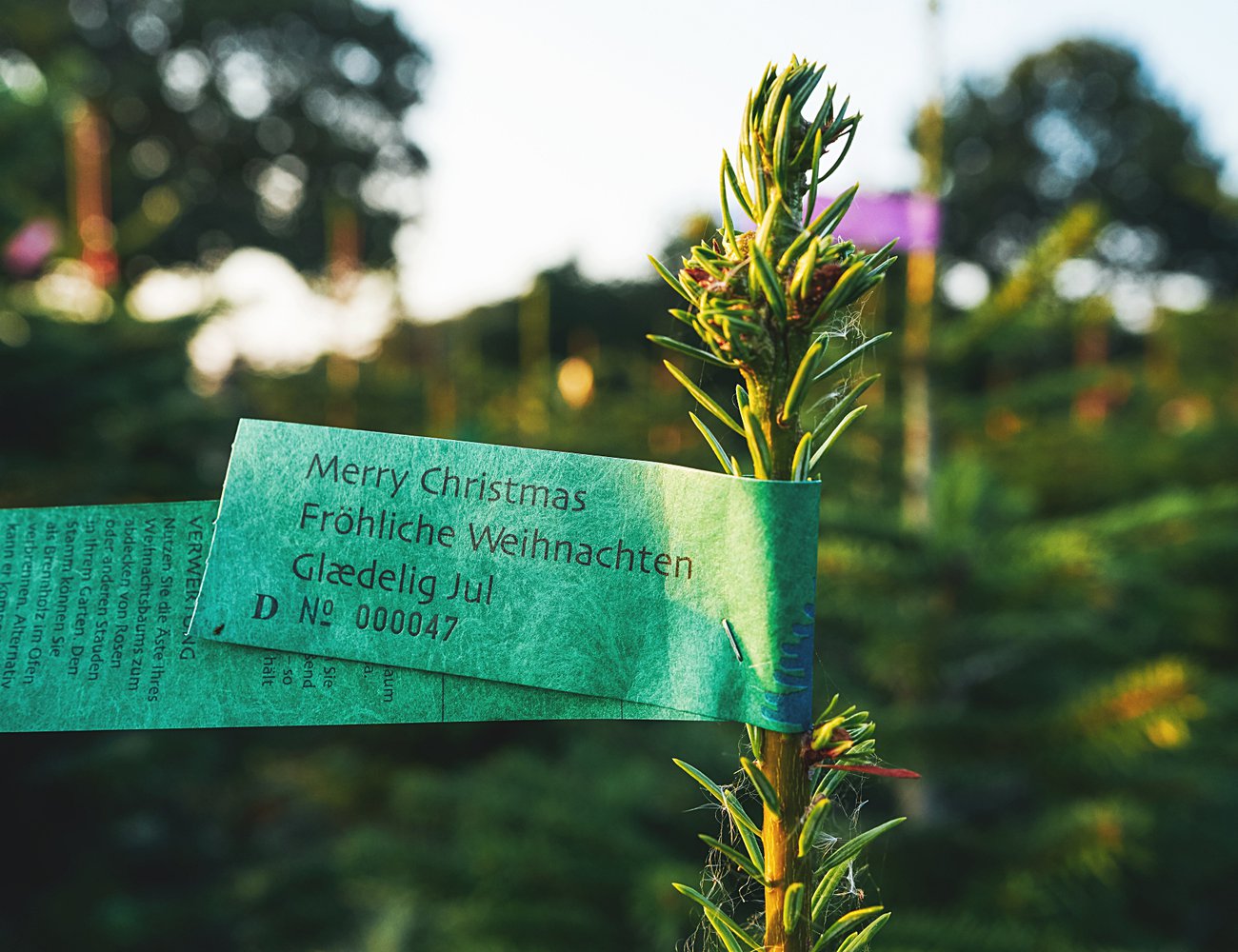
From Denmark to Jebel Ali
From Denmark to Jebel Ali
What happens after you harvest the trees?
As soon as they’ve been cut in October, the trees need to lie on the ground for two days to prevent them ’going into shock‘. After this, we wrap them, pack them in a pallet and they’re picked up in batches before being shipped to the UAE. This year we’ve cultivated more than 2,000 trees for Spinneys. The whole process takes around five weeks from when the trees are cut to when they arrive at Jebel Ali.
How long should your cut trees last indoors?
The Nordmann firs which I supply keep their needles for a long time – and they could stay intact for anything from three to four months, as long as they‘re kept in cool conditions. If it is too hot, the trees will lose their needles after a month.
